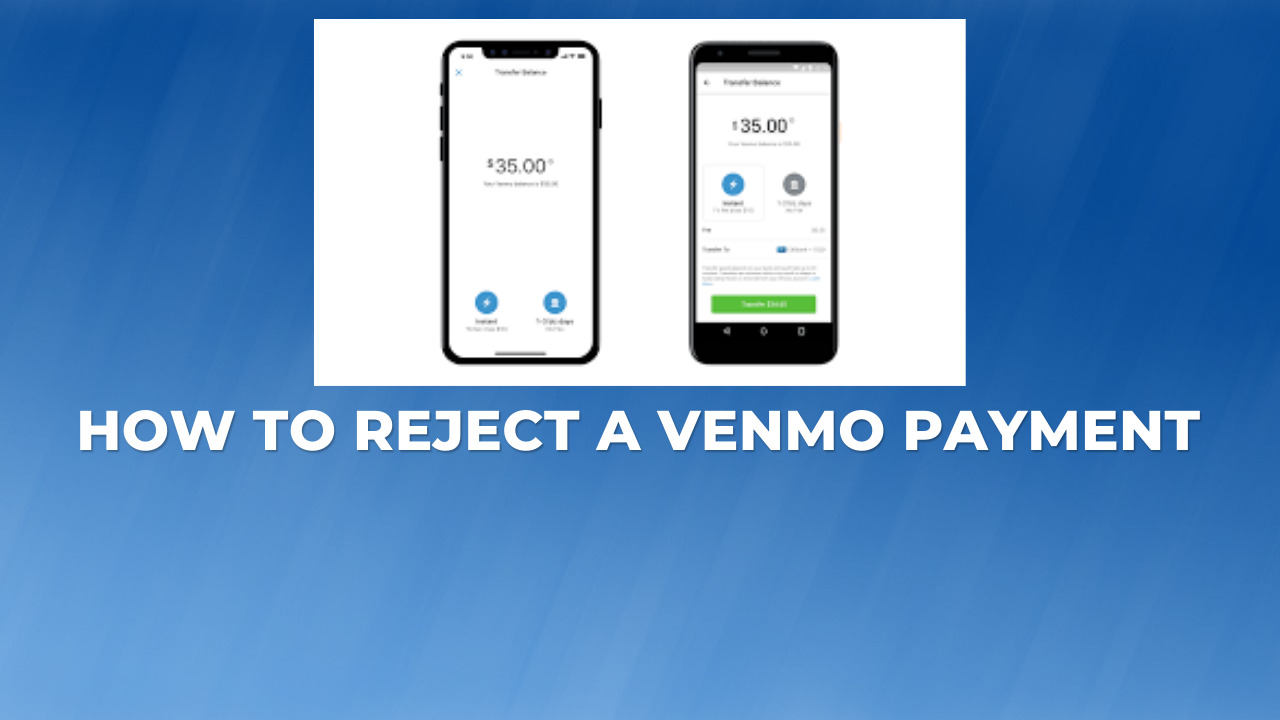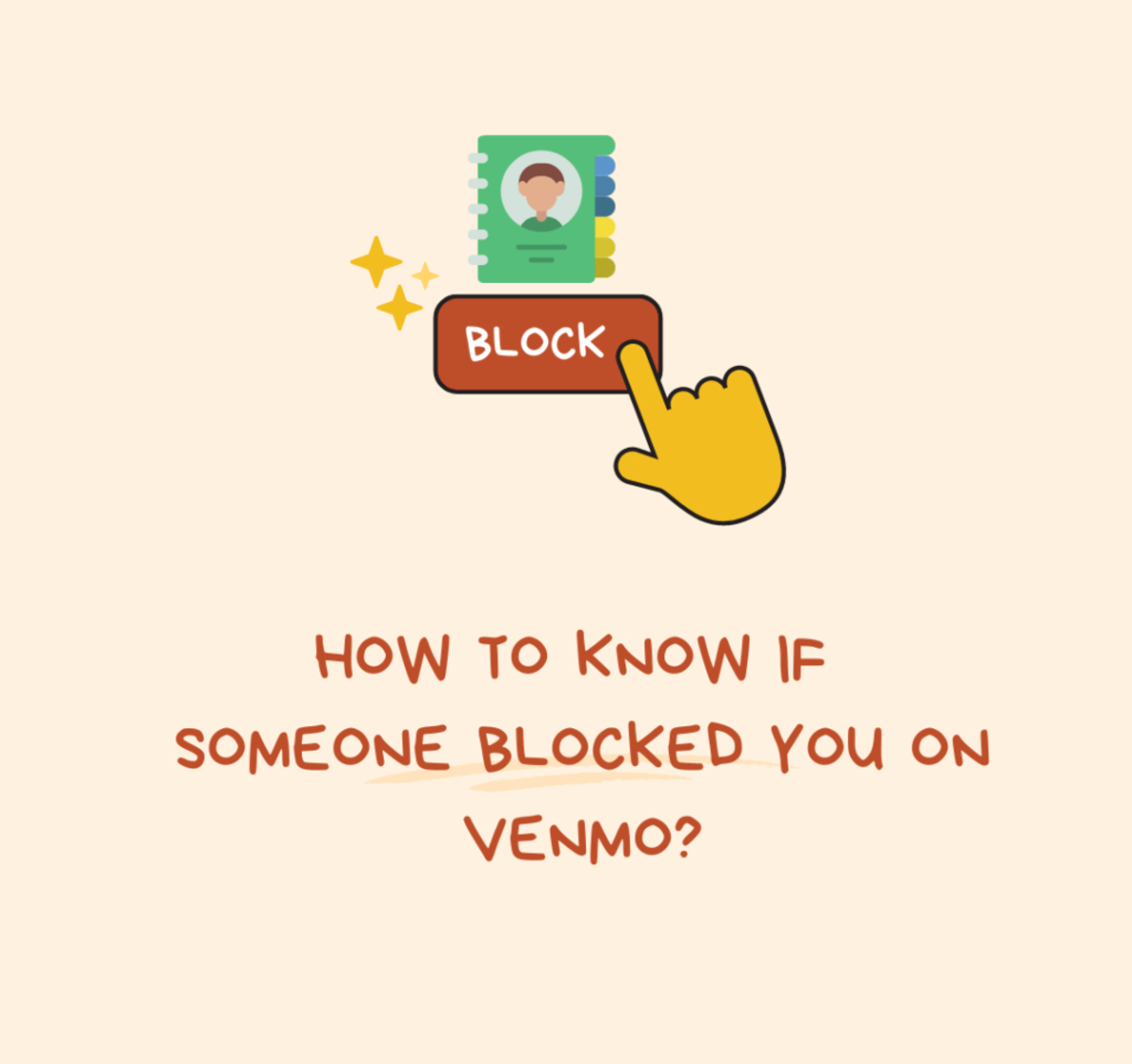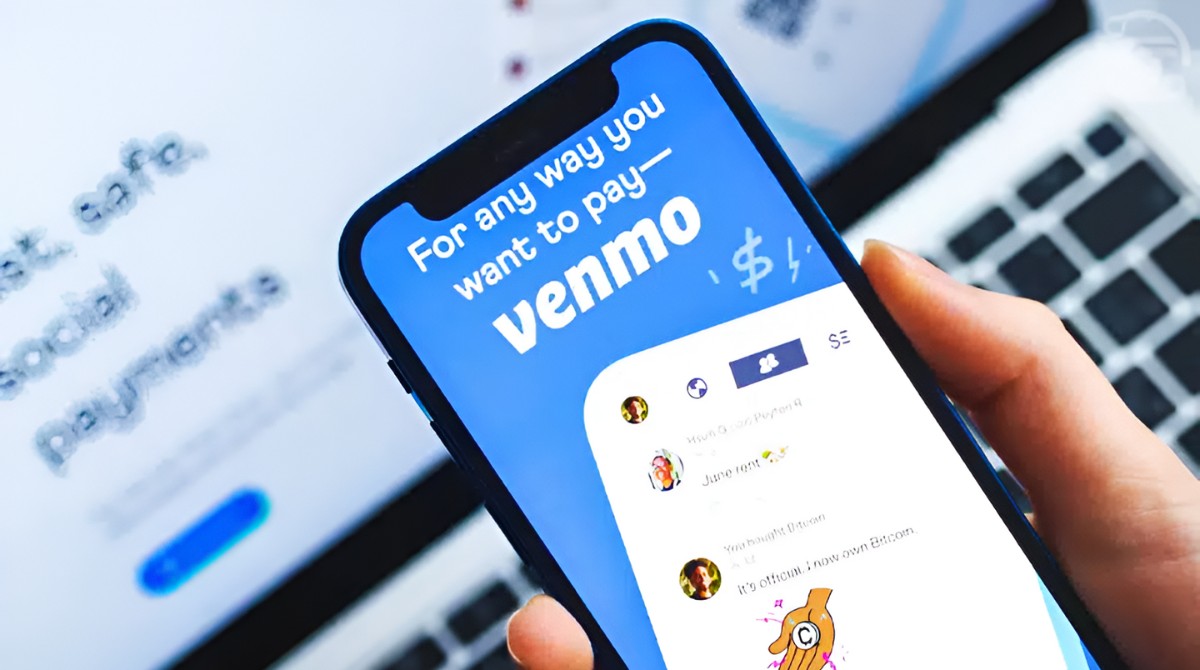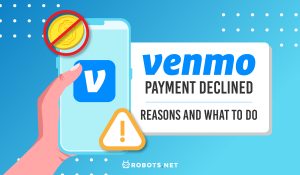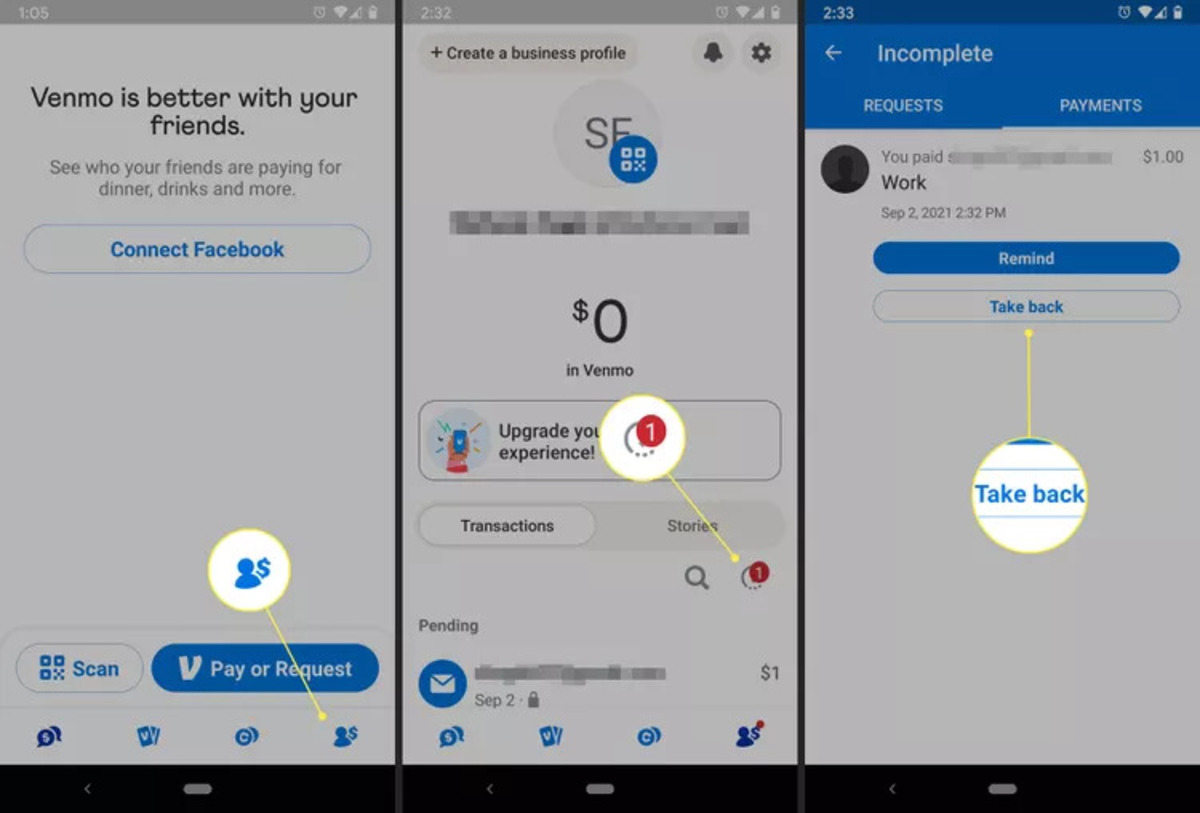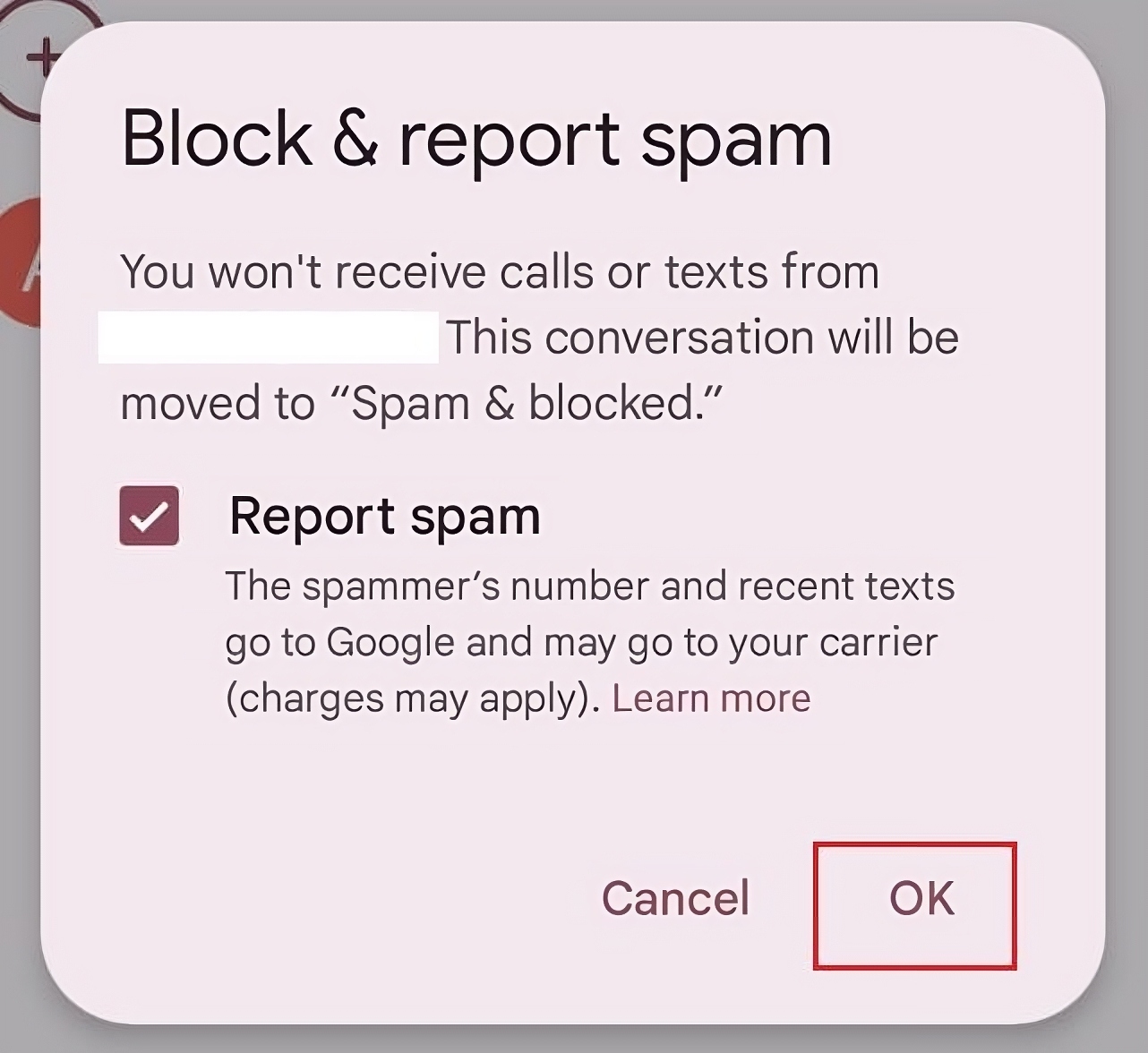Introduction
Welcome to the world of digital payments, where apps like Venmo have revolutionized how we exchange money and split expenses with friends and family. With just a few taps on your smartphone, you can send or receive money instantly, making Venmo a popular choice for hassle-free transactions. However, have you ever wondered what happens if a Venmo payment bounces? In this article, we will dive into the details of bounced Venmo payments, their causes, and the consequences for all parties involved.
Before we explore the implications of a bounced Venmo payment, let’s first understand how Venmo works. Venmo is a mobile payment service that allows users to send money to others using their mobile phones or computers. Users can link their bank accounts or credit cards to their Venmo account, making it easy to transfer funds electronically.
So, what exactly does it mean for a Venmo payment to bounce? Essentially, a bounced payment occurs when the money you attempted to send to someone through Venmo fails to be successfully transferred to their account. Instead of a seamless transaction, the funds are either rejected by the recipient’s bank or credit card company, or there may be an issue with the sender’s account, resulting in the payment being returned or “bounced” back.
Now that we understand the concept of a bounced Venmo payment, let’s explore some common reasons why this may occur. There are several factors that can contribute to a payment bouncing, including insufficient funds in the sender’s account, technical glitches within the Venmo app, incorrect receiver information, or even security concerns that flag the transaction and prevent it from being processed.
When a Venmo payment bounces, it can have various consequences for both the sender and the recipient. For the sender, it may result in additional fees imposed by their bank or credit card company, potentially causing financial inconvenience. On the other hand, the recipient may experience disappointment or frustration, especially if they were relying on the funds for a specific purpose.
If you find yourself in a situation where a Venmo payment has bounced, it is important to take immediate action to rectify the issue. In the next section, we will outline the steps you can take to resolve a bounced Venmo payment and minimize any negative impact.
How does Venmo work?
Venmo has become a popular digital payment service due to its simplicity and convenience. To understand how Venmo works, let’s take a closer look at the key components and processes involved.
First and foremost, Venmo acts as a digital wallet, allowing users to link their bank accounts, credit cards, or debit cards to their Venmo account. This makes it easy to transfer funds from one individual to another electronically.
When making a payment on Venmo, users have the option to select a recipient from their list of contacts or enter their email address or username. Once the recipient is chosen, the sender can enter the payment amount and add a description or memo to provide context for the transaction.
Once all the relevant details are entered, the sender can proceed to confirm and authorize the payment. Venmo then debits the funds from the sender’s linked account and initiates the transfer to the recipient’s Venmo account.
Once the payment is successfully sent, both the sender and the recipient receive a notification confirming the transaction. The funds are instantly available in the recipient’s Venmo account and can either be kept there as a balance or transferred to their linked bank account.
Furthermore, Venmo offers social features that allow users to like and comment on transactions, making it a more interactive and engaging payment platform. This social aspect also enables users to split bills, request money from others, and view a transaction feed that showcases recent payments made by their friends.
In terms of security, Venmo utilizes encryption technology to protect users’ personal and financial information. Additionally, Venmo offers a two-factor authentication feature for added account security.
It’s important to note that while Venmo is widely used, it is primarily intended for personal transactions and should not be used for commercial purposes without explicit permission from Venmo. This ensures that the service remains within its intended scope and complies with applicable financial regulations.
Now that we have a better understanding of how Venmo functions, let’s explore the concept of bounced payments and the implications they have on Venmo users.
What does it mean for Venmo to bounce?
When we talk about a Venmo payment bouncing, we’re referring to a situation where the funds you attempted to transfer via Venmo are not successfully delivered to the intended recipient. Instead of a seamless transaction, the payment is returned or “bounced” back for various reasons, resulting in a failed transfer.
A bounced Venmo payment can occur due to a range of factors. One common reason is insufficient funds in the sender’s bank account. If there are not enough funds available to cover the payment, the transaction will be declined, and the payment will be returned.
Another possible cause of a bounced payment is technical glitches or issues within the Venmo app itself. While rare, it is not unheard of for digital payment platforms to experience temporary outages or errors that can hinder the completion of a transaction.
Incorrect receiver information can also lead to a bounced Venmo payment. If the recipient’s Venmo username, email address, or phone number is entered incorrectly, the payment will fail, and the funds will be returned to the sender.
Additionally, certain security measures and anti-fraud protocols employed by Venmo may flag a transaction as suspicious, causing it to bounce. This can happen if a payment triggers alerts and is deemed potentially fraudulent or unauthorized. In such cases, Venmo may halt the transaction and return the funds to the sender until the issue is resolved.
When a Venmo payment bounces, it can have repercussions for both the sender and the recipient. For the sender, it may result in additional fees imposed by their bank or credit card company, as well as potential overdraft charges if they had insufficient funds in their account.
For the recipient, a bounced Venmo payment can be disappointing or frustrating, especially if they were counting on the funds for a specific purpose. It can cause delays in planned expenses or create financial inconvenience.
Now that we understand what it means for a Venmo payment to bounce and the potential consequences it can have, let’s explore the steps you can take to resolve a bounced Venmo payment and minimize any negative impact.
Why would Venmo bounce?
There are several reasons why a Venmo payment may bounce, resulting in a failed transaction. Understanding the potential causes can help users avoid such situations in the future. Let’s explore some common reasons why Venmo payments may bounce:
1. Insufficient funds: One of the most common reasons for a bounced Venmo payment is having insufficient funds in the sender’s linked bank account. If there isn’t enough money available to cover the payment, Venmo will be unable to complete the transaction. It is important to ensure that there are adequate funds in the account before initiating a payment.
2. Technical issues: Like any online platform, Venmo can experience technical glitches or outages from time to time. These technical issues can cause payments to fail or bounce back. It is advisable to check if there are any known issues with Venmo’s service and retry the payment later if technical difficulties are suspected.
3. Incorrect recipient details: Providing inaccurate recipient information, such as an incorrect Venmo username, email address, or phone number, can lead to a bounced payment. It is crucial to double-check and verify the recipient’s details before initiating a transaction to ensure a successful transfer.
4. Security concerns: Venmo employs security measures to prevent fraudulent activities and protect its users. If a transaction is flagged as potentially suspicious or unauthorized, Venmo may bounce the payment to investigate further. This can be triggered by unusual transaction patterns or unfamiliar recipients. In such cases, it is essential to contact Venmo’s customer support to resolve any security concerns and provide any necessary verification.
5. Card or bank account issues: Venmo relies on the linked bank account or card to process payments. If there are issues with the linked account, such as a frozen bank account, expired card, or incorrect account details, the payment may be bounced back. It is recommended to ensure that the linked bank account or card is active and up-to-date to avoid payment failures.
6. Network connectivity: A stable internet connection is necessary for Venmo to complete transactions. Poor network connectivity or disruptions can lead to payments not being processed successfully. It is advisable to check the internet connection and retry the payment in a location with a better signal.
Understanding why a Venmo payment may bounce is crucial to avoid potential issues. By being aware of these possible causes and taking the necessary precautions, users can minimize the chances of experiencing a payment failure or bounce.
Now that we know why Venmo payments may bounce, let’s explore the consequences of a bounced payment and the steps to resolve it.
Consequences of a bounced Venmo payment
When a Venmo payment bounces, it can have various consequences for both the sender and the recipient. Let’s explore the potential implications of a bounced Venmo payment:
1. Financial inconvenience: For the sender, a bounced payment can result in additional fees imposed by their bank or credit card company. This can include overdraft charges or insufficient funds fees if the sender’s account did not have enough funds to cover the payment. These additional costs can lead to financial inconvenience and may need to be resolved with the respective financial institutions.
2. Delayed or canceled transactions: If a recipient was relying on the funds from a Venmo payment to complete a transaction or pay a bill, a bounced payment can cause delays or even result in canceled plans. This can be especially problematic if the recipient needed the funds by a specific deadline or to cover pressing expenses.
3. Strained relationships: Bounced Venmo payments can sometimes strain relationships between the sender and the recipient. If the recipient was counting on the funds and experiences financial setbacks due to the failed payment, it can lead to tension or frustration. Open communication and prompt resolution of the issue are crucial to maintaining healthy relationships.
4. Reputational impact: In cases where a bounced payment occurs in a commercial or business context, the reputation of the sender or recipient can be at stake. Whether it’s a freelancer, small business owner, or service provider, a bounced payment can raise concerns about reliability and prompt others to question future transactions with the individual or business involved.
5. Time and effort spent to resolve the issue: Both the sender and the recipient may need to invest additional time and effort to resolve a bounced Venmo payment. This can involve contacting customer support, providing additional information, or even going through the dispute resolution process. Resolving the issue promptly is essential to minimize any negative impact.
It’s important to note that while a bounced Venmo payment can have consequences, it doesn’t have to be a permanent or insurmountable issue. By taking the necessary steps to address the problem and being proactive in resolving any outstanding payments, users can mitigate the potential impact of a bounced Venmo payment.
Next, we will outline the steps you can take to resolve a bounced Venmo payment and minimize any further disruptions or complications.
Steps to resolve a bounced Venmo payment
If you encounter a bounced Venmo payment, there are several steps you can take to address the issue and work towards resolving it. Let’s explore the necessary actions you should consider:
1. Check your Venmo transaction history: Start by reviewing your Venmo transaction history to confirm that the payment has indeed bounced. Look for any error messages or indications that the payment was unsuccessful. This will help you understand the specific reason for the bounce.
2. Contact customer support: Reach out to Venmo’s customer support team for assistance in addressing the bounced payment. They can provide insights into the specific issue and guide you through the necessary steps to resolve it. You can usually find customer support contact information in the “Help” section of the Venmo app or on their website.
3. Verify recipient information: Double-check the recipient’s Venmo username, email address, or phone number to ensure that you entered the correct details. If there was an error in the recipient information, correct the details and attempt the payment again.
4. Confirm account balances and funding sources: Verify that your bank account or credit card linked to your Venmo account has sufficient funds or credit available to cover the payment. If necessary, add funds to your account or update your funding sources.
5. Resolve any security concerns: If your payment was flagged for security reasons, follow the instructions provided by Venmo’s customer support to resolve the issue. This may involve providing additional verification or documentation to ensure that the transaction is legitimate.
6. Communicate with the recipient: Reach out to the recipient and inform them about the bounced payment. Apologize for any inconvenience caused and assure them that you are working towards resolving the issue. Open communication can help maintain trust and understanding during the process.
7. Take necessary financial actions: If there are any fees or charges associated with the bounced payment, address them with your bank or credit card company. Pay any outstanding fees promptly to avoid further complications.
8. Retry the payment: Once you have addressed and resolved the issue, retry the payment to ensure that it goes through successfully. Double-check all the details, including the recipient information and your account balances, to minimize the chances of another bounced payment.
Remember, timely communication and proactive steps can help resolve a bounced Venmo payment more effectively. By staying persistent and following through with the necessary actions, you can rectify the situation and prevent further disruptions.
Next, let’s explore some preventive measures to minimize the likelihood of experiencing a bounced Venmo payment in the future.
How to prevent Venmo from bouncing again?
Experiencing a bounced Venmo payment can be frustrating, but there are steps you can take to minimize the likelihood of it happening again in the future. Here are some preventive measures to help you avoid bounced Venmo payments:
1. Maintain sufficient funds: Ensure that you have enough funds in your linked bank account or sufficient credit available on your linked credit card to cover the amount you intend to send via Venmo. Regularly monitor your account balances to avoid initiating payments when you have insufficient funds.
2. Double-check recipient information: Take the time to verify the recipient’s Venmo username, email address, or phone number before initiating a payment. Ensure that you have entered the correct information to prevent the payment from being sent to the wrong person or bouncing due to incorrect recipient details.
3. Keep your Venmo app updated: Regularly update your Venmo app to ensure that you have the latest version with any bug fixes or security enhancements. Keeping your app up-to-date can minimize the risk of technical issues that may lead to bounced payments.
4. Enable notifications: Set up notifications within the Venmo app to receive alerts about successful or failed transactions. This will allow you to stay informed about the status of your payments and quickly address any bounced payments that may occur.
5. Be aware of transaction limits: Familiarize yourself with Venmo’s transaction limits, such as daily and weekly limits, to avoid exceeding them. By keeping track of your transaction history and being mindful of these limits, you can prevent payments from bouncing due to surpassing the allowed thresholds.
6. Be cautious of potential security risks: Take steps to protect your Venmo account from unauthorized access. Use strong, unique passwords and enable two-factor authentication for added security. Avoid sharing your account information or engaging in transactions with unfamiliar or suspicious individuals to minimize the risk of bounced payments due to fraudulent activities.
7. Regularly review your transaction history: Take the time to review your Venmo transaction history and reconcile it with your banking or credit card statements. This allows you to spot any discrepancies or potential issues and address them promptly.
By implementing these preventive measures, you can reduce the chances of experiencing a bounced Venmo payment and enjoy a smoother payment experience with the app.
In the next section, we will summarize the key points discussed in this article and wrap up the information on bounced Venmo payments.
Conclusion
Venmo has transformed the way we handle digital payments and simplified transactions between friends and family. However, it is important to be aware of potential challenges, such as bounced Venmo payments, and take steps to address and prevent them.
In this article, we explored the concept of bounced Venmo payments and their implications. We discussed how Venmo works, what it means for a payment to bounce, and why it may happen. Additionally, we delved into the consequences of bounced payments, including financial inconvenience and strained relationships.
To resolve a bounced Venmo payment, we outlined the steps you can take, including checking your transaction history, contacting customer support, verifying recipient information, and ensuring sufficient funds and current account details. Moreover, we emphasized the importance of effective communication with the recipient and addressing any fees or charges promptly.
To prevent bounced payments from occurring in the future, we suggested maintaining sufficient funds, double-checking recipient information, keeping the Venmo app updated, enabling notifications, being aware of transaction limits, and being cautious of potential security risks.
By following these preventive measures, Venmo users can minimize the risk of experiencing bounced payments and enjoy a more seamless and reliable payment experience.
Remember, in the digital world, challenges can arise, but with a proactive and diligent approach, you can overcome them. Stay informed, communicate openly, and take the necessary steps to resolve any issues that may arise with Venmo payments.
Now that you have a better understanding of bounced Venmo payments and how to address them, you can navigate the world of digital payments with confidence and avoid the frustrations that come with bounced transactions. Happy Venmo-ing!









